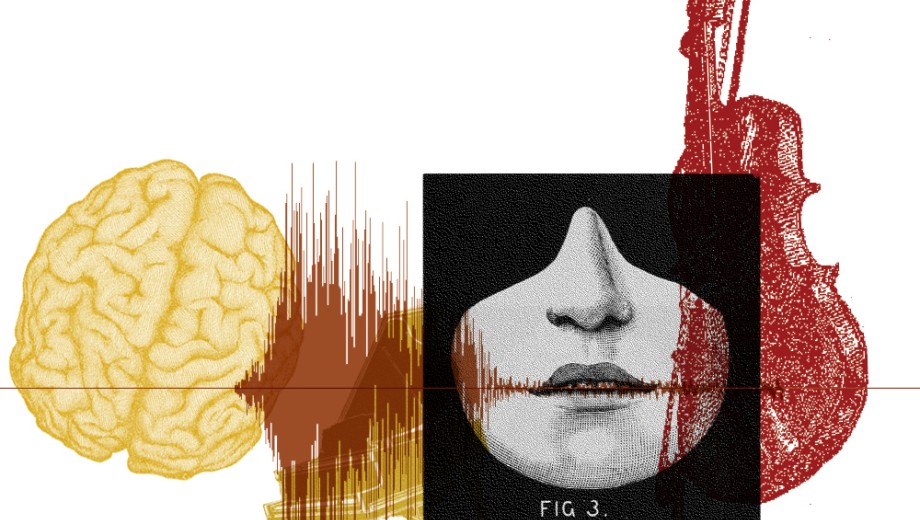Doctoral candidate Amy Skjerseth, who has an undergraduate degree in oboe performance, examines how pop songs in film and music videos trigger emotions and memories. Here she explains her own listening habits.
Is it distracting to listen to music while you’re writing?
I can’t listen to classical music because my ears are drawn to the musical structure. Mostly I work silently, or I’ll listen to minimalist pop or indie rock with repetitive structures.
As I’ve been working on my dissertation, which progresses by decade, I’ve been putting together playlists. My first chapter is ’60s, second chapter is ’70s, third chapter is ’80s, and the fourth covers the ’90s and ’00s.
My ’60s playlist included songs that you hear in Kenneth Anger’s films, like “Blue Velvet,” and other songs that topped the charts that decade. The ’70s playlist is full of the Carpenters and Wall of Sound stuff. That chapter is about Karen Carpenter and Yoko Ono, who both used multitrack tape technology to record their voices.
My ’80s chapter is about the Fairlight, a synthesizer and the first commercial digital sampler that had this incredible capability to sample any sound. It also offered artists the ability to manipulate sound visually: on top of a musical keyboard sat a computer screen where artists could draw and edit sound waves with a light pen. It influenced so much music and paved the way for digital audio workstations like GarageBand, since musicians could edit multiple tracks at once. Peter Gabriel used the Fairlight to record breaking glass, and then Kate Bush used that sound in her 1980 song “Babooshka.” That broken glass sample signifies the heartache of a shattered relationship not only in the song, but also in the music video—that broken glass sound is depicted by the sudden, kaleidoscopic rupture of the screen.
The Fairlight also came with a premade sample of an orchestra hit—the sound when a bunch of different orchestral instruments play one staccato note or chord. That particular orchestra hit, from a composition by Stravinsky, became hugely popular in hip-hop. A big focus of my dissertation is the way a certain music technology crosses between avant-garde and popular music. I insist on going back and forth between the two because throughout history, avant-garde experiments with technology have paved the way for mainstream artists—and vice versa.
My last chapter is on Auto-Tune, which was popularized through Cher’s 1998 hit “Believe” and infuses popular music with avant-garde aesthetics. A decade later, the Gregory Brothers’ YouTube channel Auto-Tune the News made news anchors and interviewees “sing” using Auto-Tune and collage techniques. This is just one of the many examples where music technology shapes new art forms and visual styles in popular music and media.

